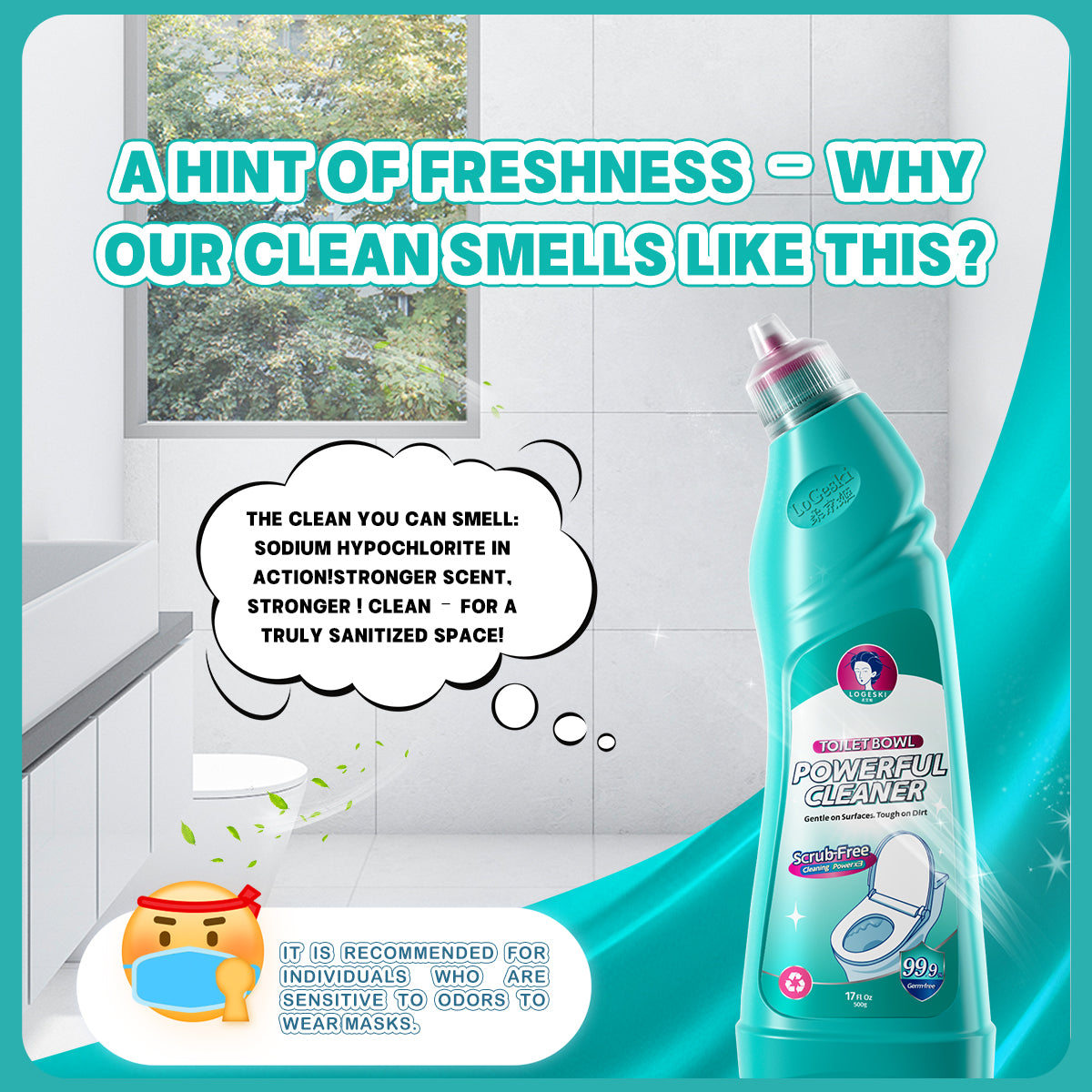When using a powerful cleaner like Logeski, you might notice a distinct scent during and after cleaning. This smell isn’t an indication of anything harmful; rather, it’s a sign of Logeski’s active ingredients working to keep your space clean and safe. Here’s why that scent matters and how it shows the product’s effectiveness:
1. The Science Behind the Scent
Logeski’s formula contains sodium hypochlorite, a common ingredient in powerful disinfectants. When sodium hypochlorite interacts with bacteria, grime, and organic matter, it triggers a chemical reaction that releases a noticeable odor. This scent is a natural byproduct and means the cleaner is doing its job by actively breaking down dirt and killing bacteria.
2. How the Scent Means Cleaner, Healthier Spaces
Though the scent might seem strong, it’s actually a sign that surfaces are being effectively disinfected. Unlike cleaners that simply mask odors, Logeski goes straight to the source by neutralizing harmful bacteria, so you can feel confident knowing your space is truly clean.
3. Tips for a Fresher Experience
If you’re sensitive to the smell, here are a few tips for a more comfortable cleaning experience:
Ventilate the Area**: Open windows or doors to increase airflow.
Leave the Room for a Few Minutes**: Let the cleaner work its magic and return when the scent has dissipated.
Wear a Mask**: For those with sensitivity, a simple mask can help reduce the smell.
Why You Can Trust Logeski
The scent may be temporary, but Logeski’s cleaning power is lasting. Our formula is safe, approved, and highly effective, ensuring a sanitary, germ-free environment without compromising on quality or health.
In essence, the scent from Logeski isn’t just a smell—it’s the scent of clean, working hard to ensure a safer, fresher home for you and your loved ones.

- by ALLEN ZHAO
Understanding the Scent: Why Logeski's Odor Means It's Working
- by ALLEN ZHAO





Share:
Why A Powerful Clean Comes With A Powerful Scent – And Why That’s A Good Thing!
The Power of Safe Disinfection: Sodium Hypochlorite